
Working With Exponentials And Logarithms
y = e^(x^2) Follow 928 views (last 30 days) Show older comments fahad on Vote 0 ⋮ Vote 0 Commented Steven Lord on Accepted Answer Azzi Abdelmalek I want to plot the above equation in matlab but i dont know how to plot please help or provide me code 0 CommentsNow integrating both sides of the equation (i), we have ∫ e y d y = ∫ e x d x Using the formulas of integration ∫ e x d x = e x , we get e y = e x c ⇒ y = ln ( e x c) This is the required solution of the given differential equation ⇐ Solve the Differential Equation dy/dx=xy^2
Y=e^x+1
Y=e^x+1- This answer is useful 5 This answer is not useful Show activity on this post By definition E ( X ∣ Y) is random variable which satisfies E ( X ⋅ 1 G) = E ( E ( X ∣ Y) ⋅ 1 G), for all G ∈ σ ( Y) Simply take G = Ω such that 1 G = 1 and you get the desired result Share Follow this answer to receive notificationsIts just that for x>0 the peaks would increase continuously,and for x
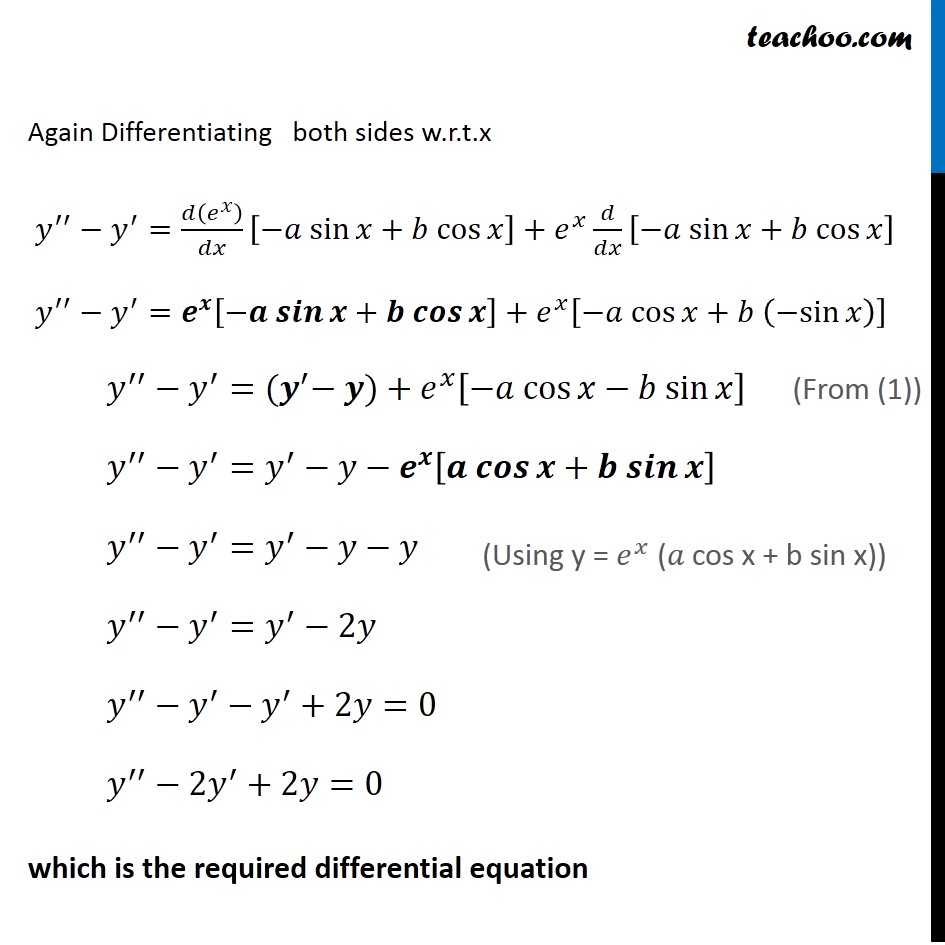
Ex 9 3 5 Form Differential Equation Y Ex A Cos X B Sin X
1 If X and Y are independent rv's then E(XjY)=E(X) Proof As we know, X and Y are independent if and only if fX;Y(x;y) = fX(x)fY(y) or, equivalently, fXjY(xjy)= fX(x) But then E(XjY =y)=åx xfXjY(xjy)=åx xfX(x)=E(X) 2 2 EE(g(X)jY)=E(g(X)) Proof Set Z = g(X) Statement (i) of Theorem 1 applies to any two rv's Hence, applying itEX2jY = y = 1 25 (y 1)2 4 25 (y 1) Thus EX2jY = 1 25 (Y 1)2 4 25 (Y 1) = 1 25 (Y2 2Y 3) Once again, EX2jY is a function of Y Intuition EXjY is the function of Y that bests approximates X This is a vague statement since we have not said what \best" means We consider two extreme cases First suppose that X is itself a function of Y, eg, Y2 or eY Then the function of Y thatBreak at uniformly chosen point Y • Conditional expectation break again at uniformly chosen point X
Algebra Find the Domain and Range y=e^x y = ex y = e x The domain of the expression is all real numbers except where the expression is undefined In this case, there is no real number that makes the expression undefined Interval Notation (−∞,∞) ( ∞, ∞) Set Builder Notation {xx ∈ R} { xCBSE CBSE (Science) Class 12 Question Papers 1851 Textbook Solutions MCQ Online Tests 31 Important Solutions 4564 Question Bank Solutions Concept Notes & Videos 725 Time Tables 18 Syllabus Advertisement Remove allE is the number that where if you take that number to the power of X, if you define a function or expression as E to the X, it's that number where if you take the derivative of that it's still going to be E to the X And what you're looking here, this curve, it's a curve where the value that's Y value at any point is the same as the slope of
Y=e^x+1のギャラリー
各画像をクリックすると、ダウンロードまたは拡大表示できます
 | 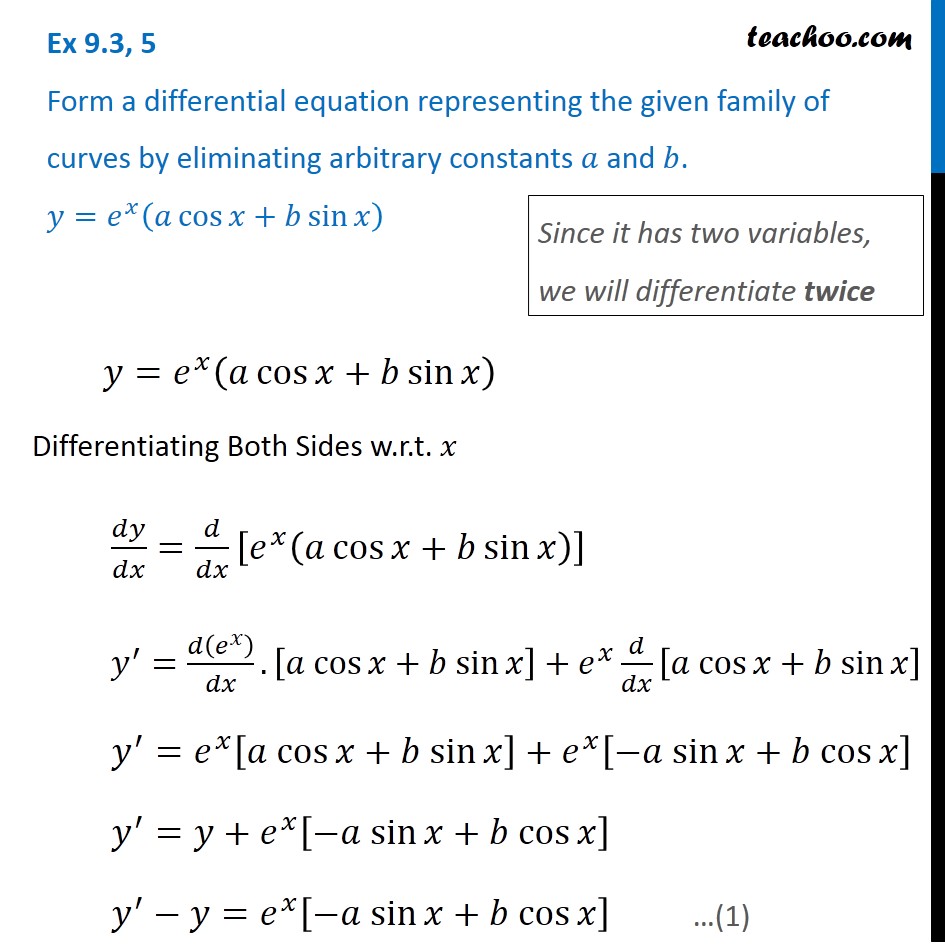 | |
 |  |  |
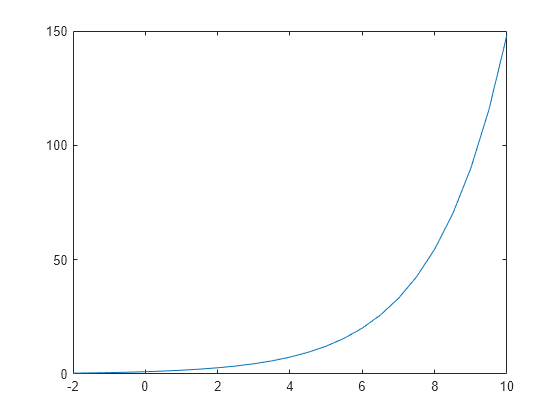 |  |  |
「Y=e^x+1」の画像ギャラリー、詳細は各画像をクリックしてください。
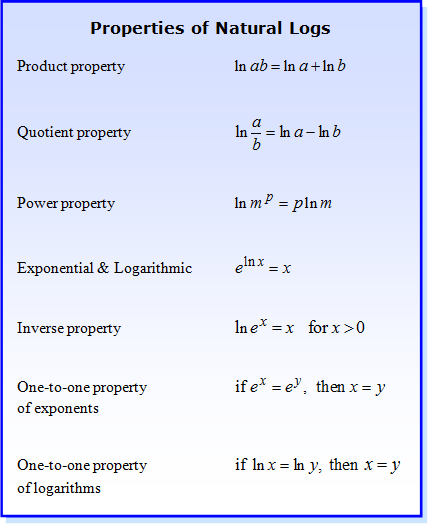 | 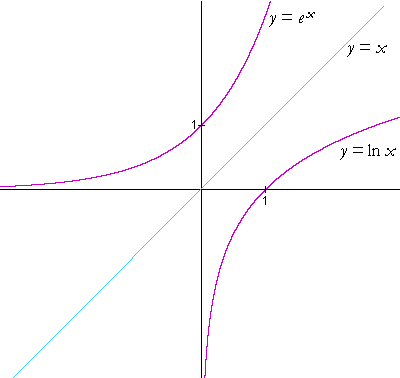 |  |
 |  | |
 |  | 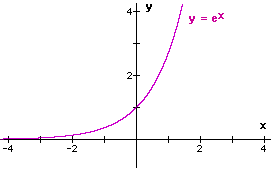 |
「Y=e^x+1」の画像ギャラリー、詳細は各画像をクリックしてください。
 | 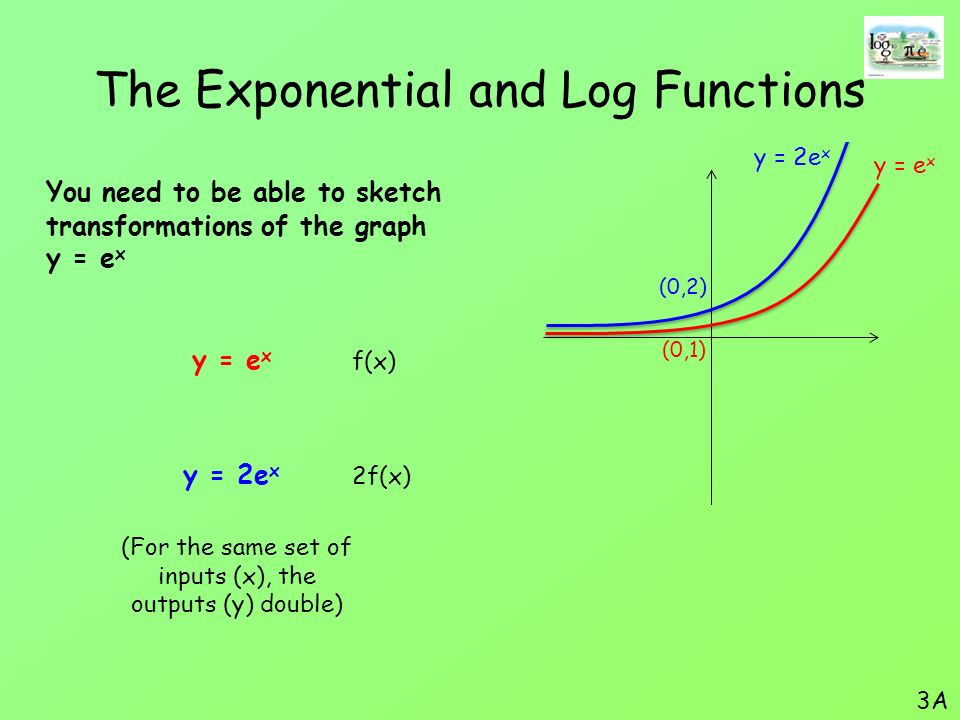 |  |
 | 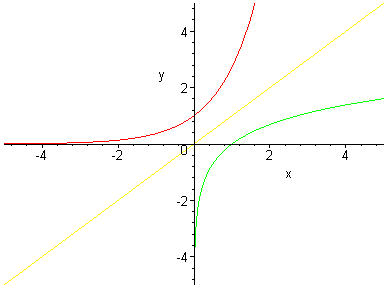 | |
 | 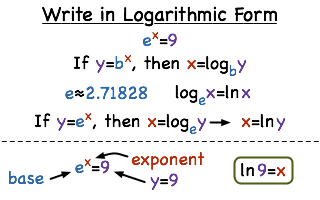 | |
「Y=e^x+1」の画像ギャラリー、詳細は各画像をクリックしてください。
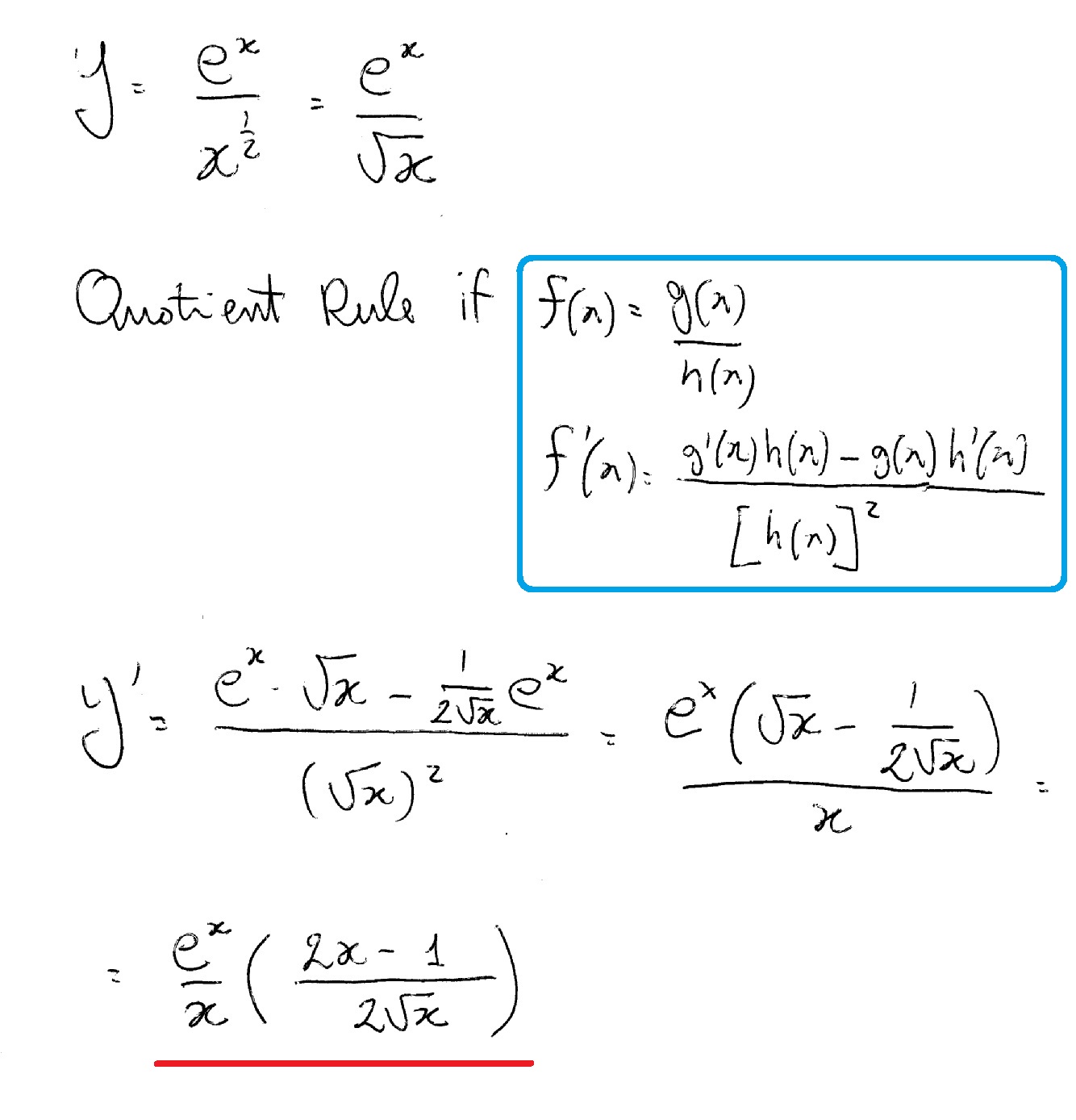 | 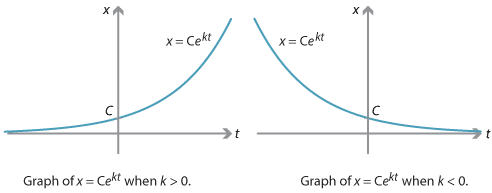 |  |
 | 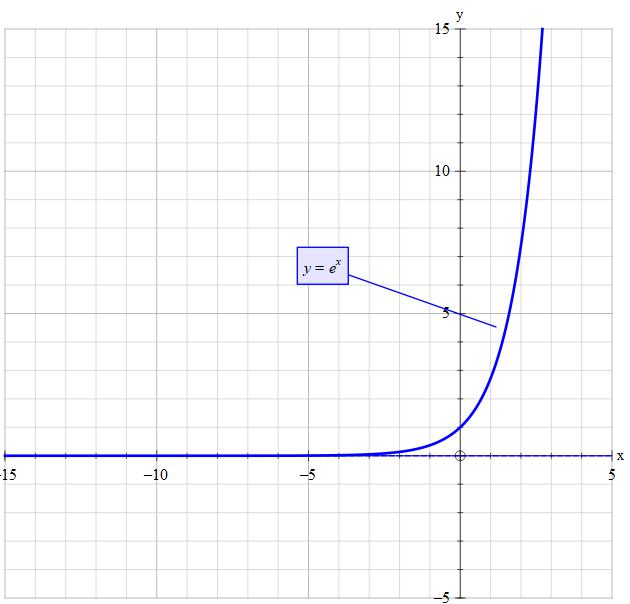 | 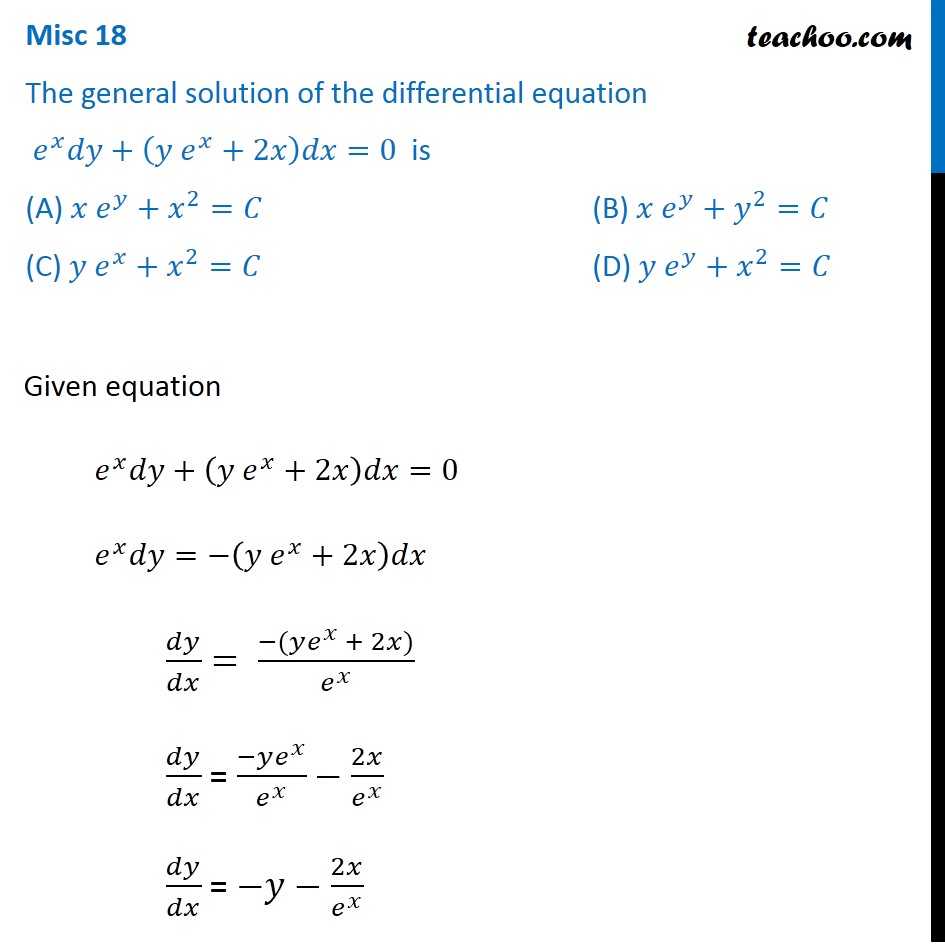 |
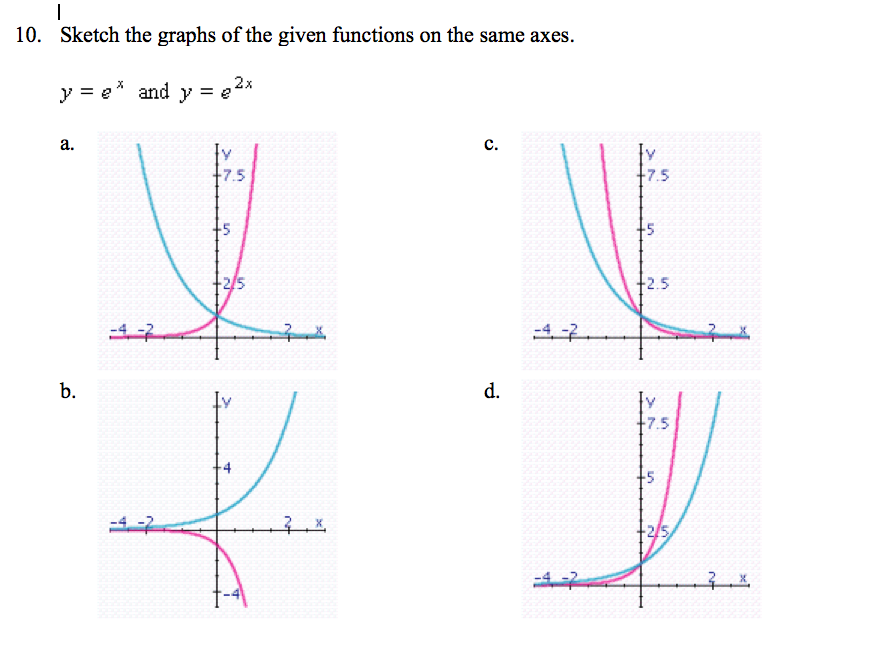 |  | |
「Y=e^x+1」の画像ギャラリー、詳細は各画像をクリックしてください。
 | 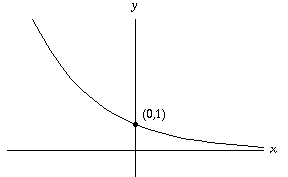 | |
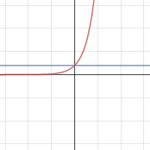 | 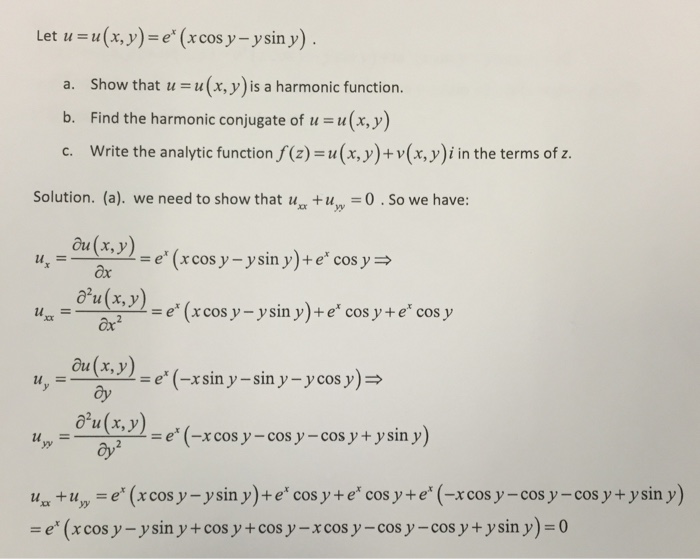 | 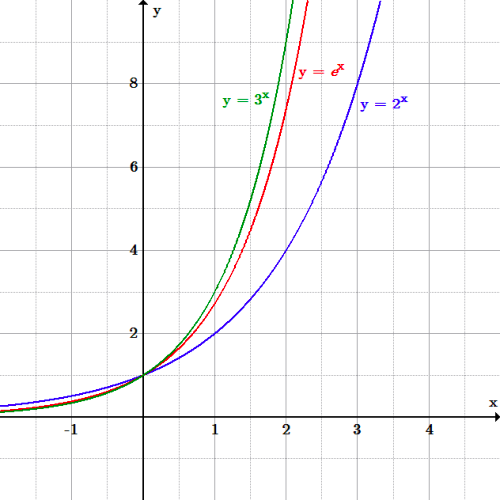 |
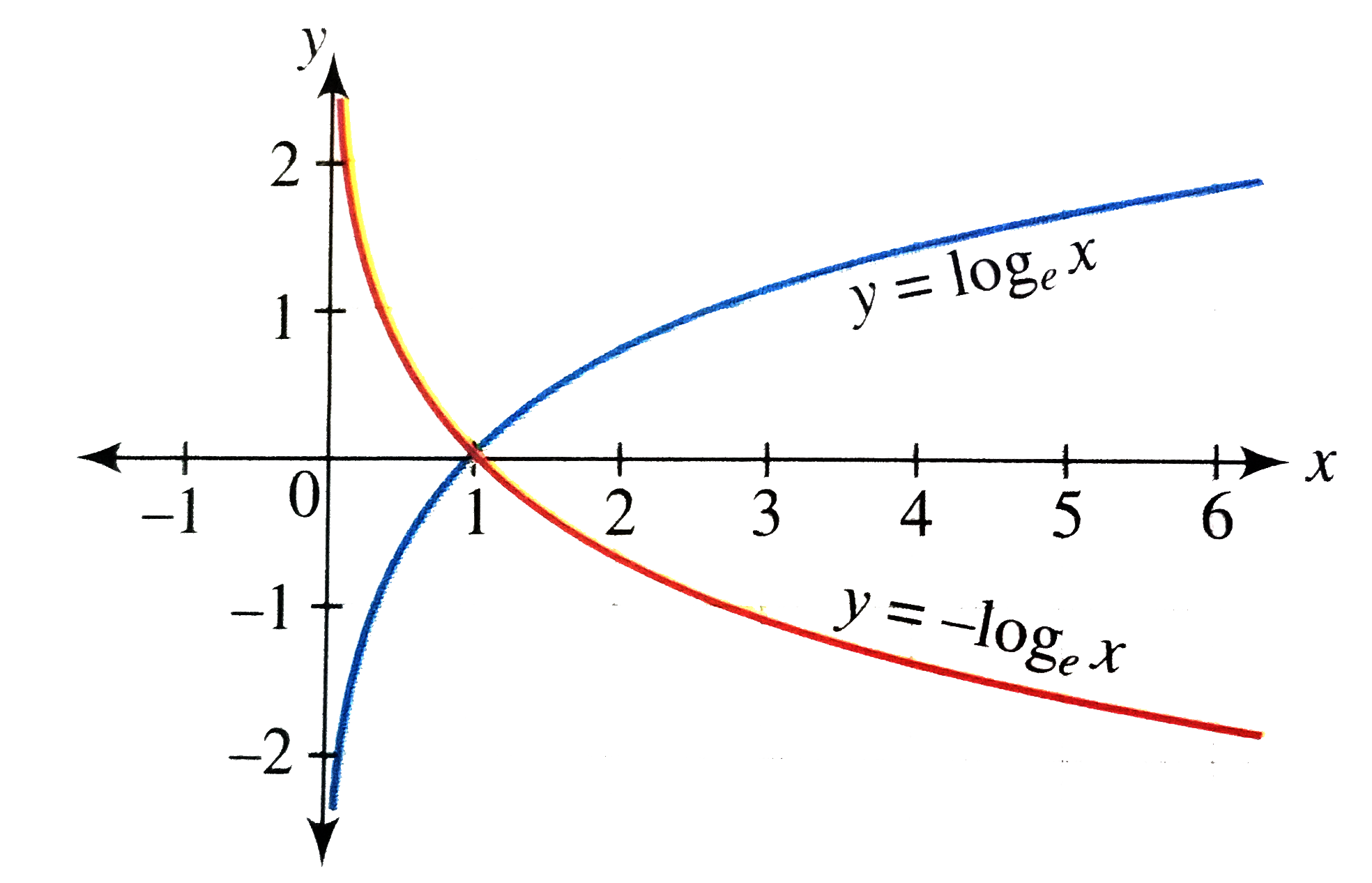 | 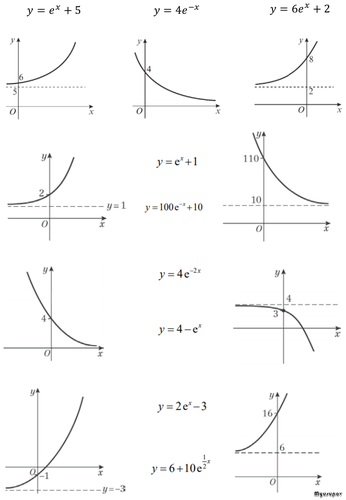 |  |
「Y=e^x+1」の画像ギャラリー、詳細は各画像をクリックしてください。
 | ||
 |  |  |
 | 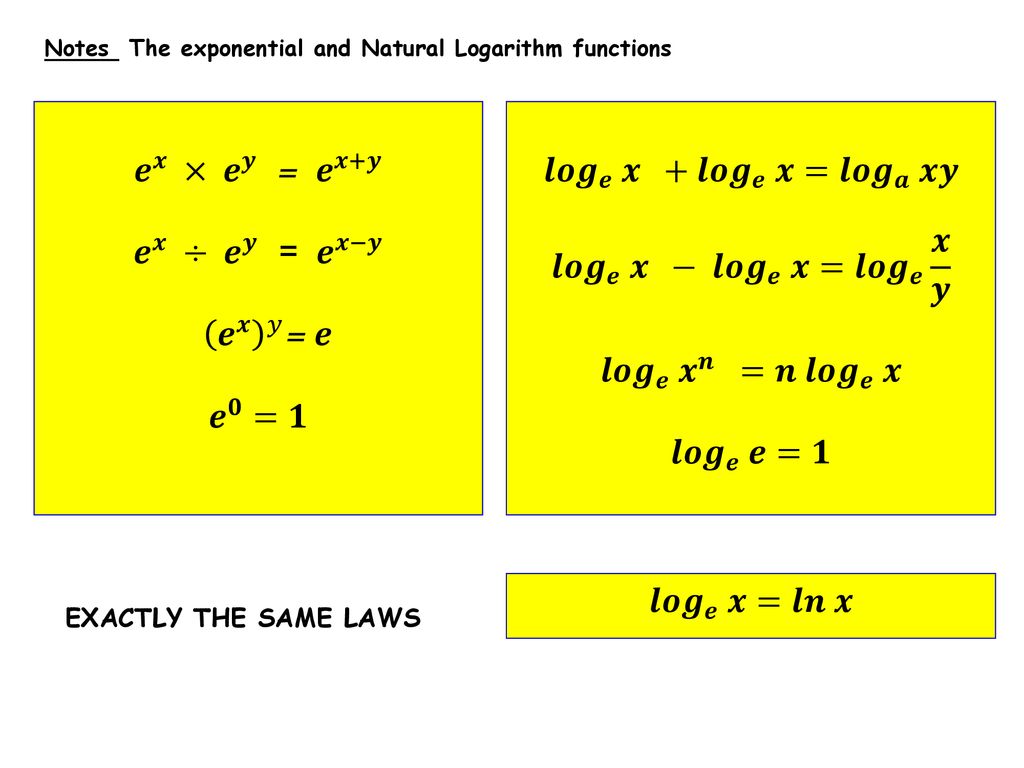 | 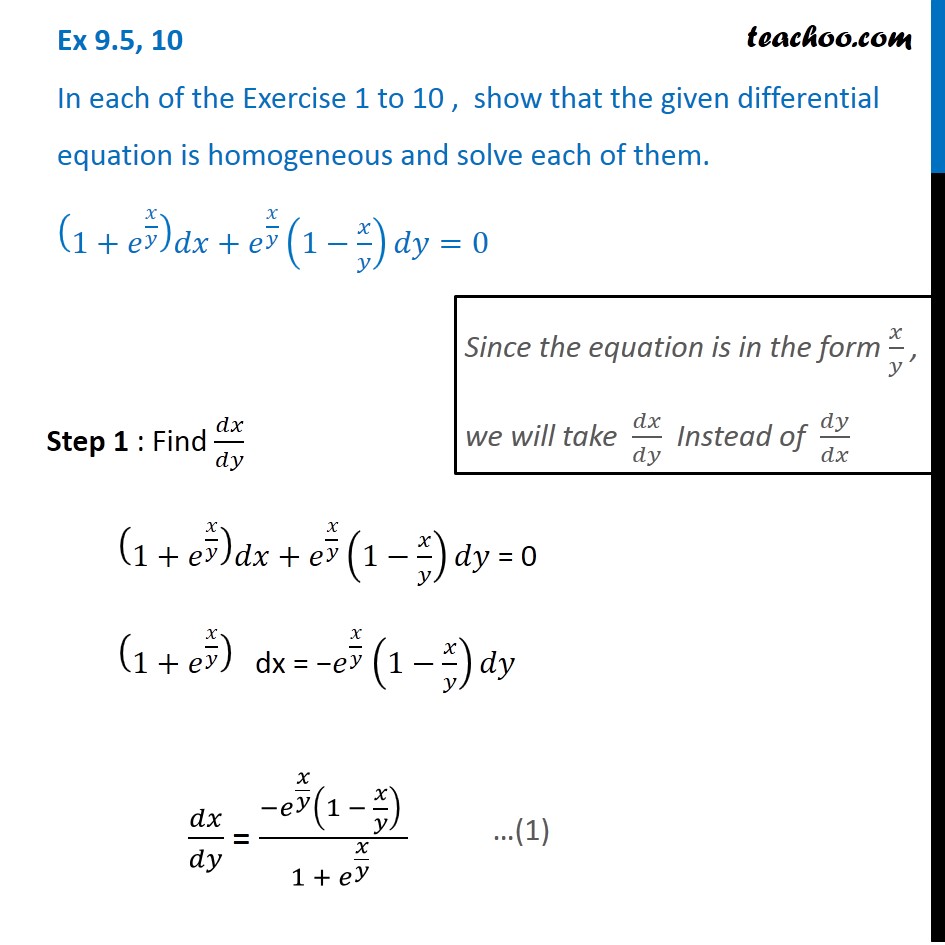 |
「Y=e^x+1」の画像ギャラリー、詳細は各画像をクリックしてください。
 | 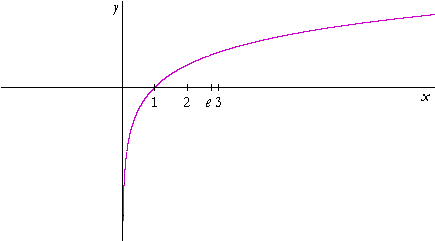 | |
 | 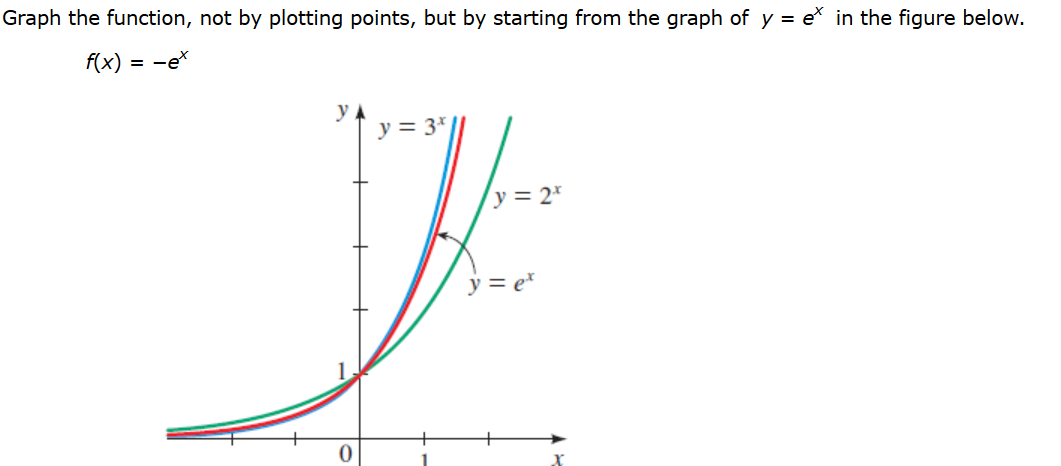 | |
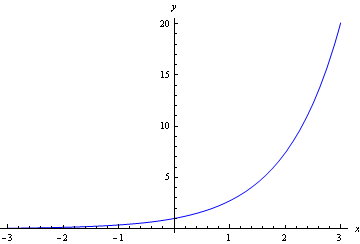 | 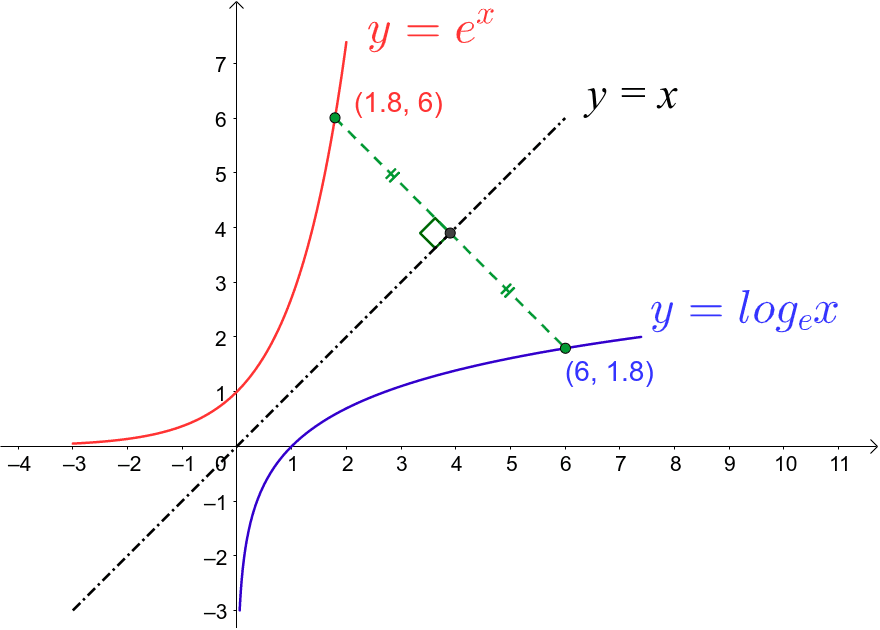 | |
「Y=e^x+1」の画像ギャラリー、詳細は各画像をクリックしてください。
 |  | |
 | ||
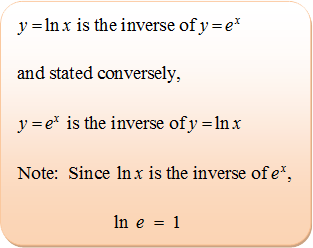 | 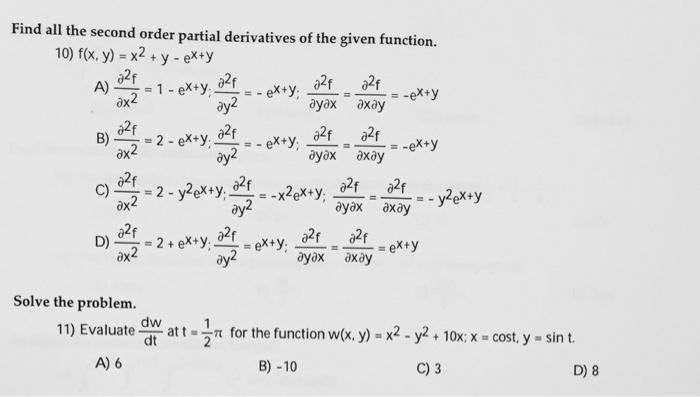 | |
「Y=e^x+1」の画像ギャラリー、詳細は各画像をクリックしてください。
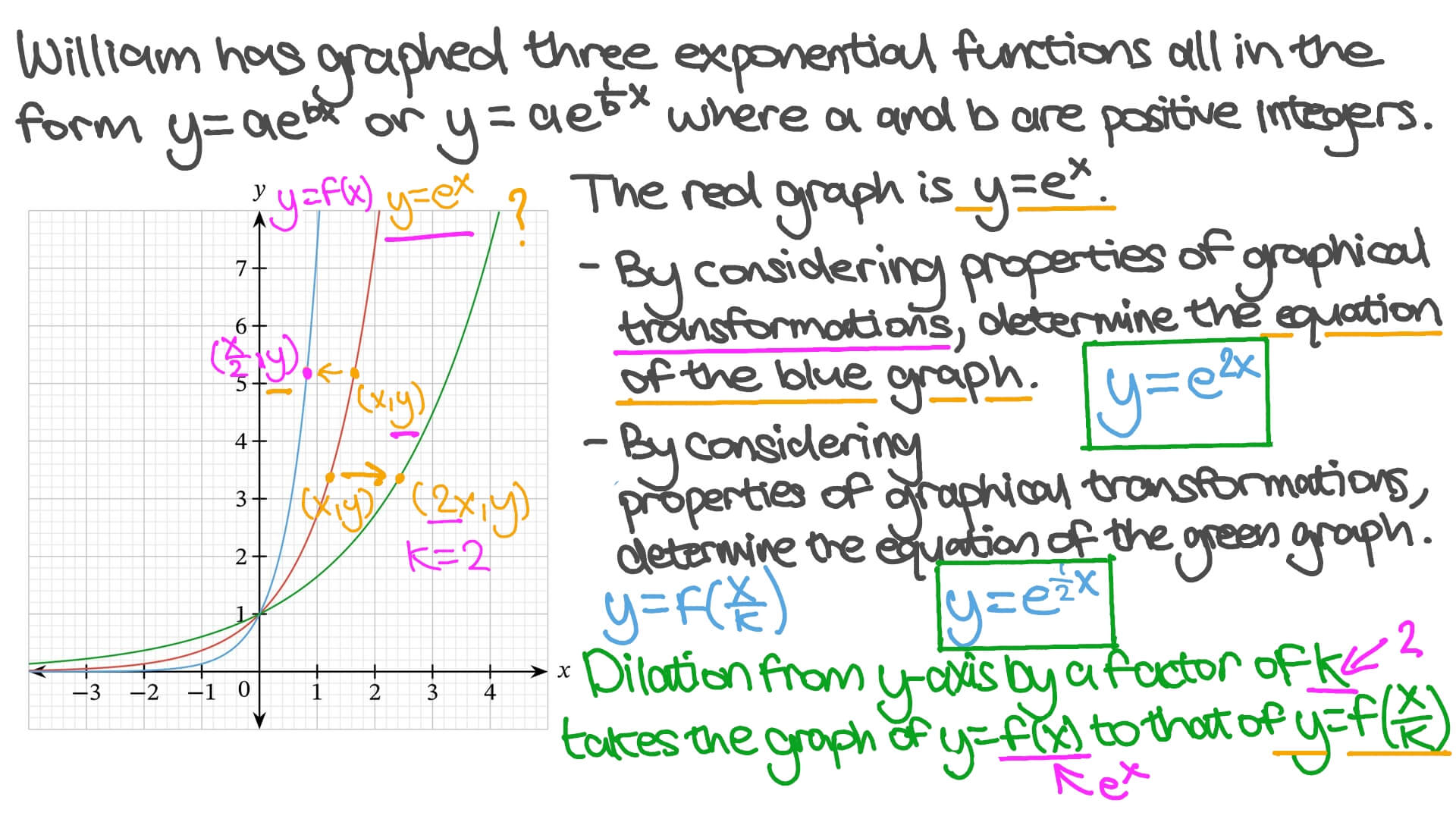 | 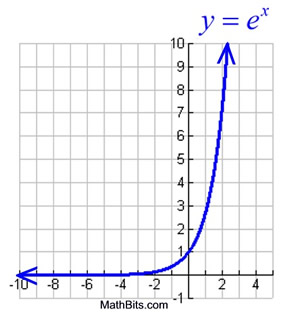 | |
 |  | 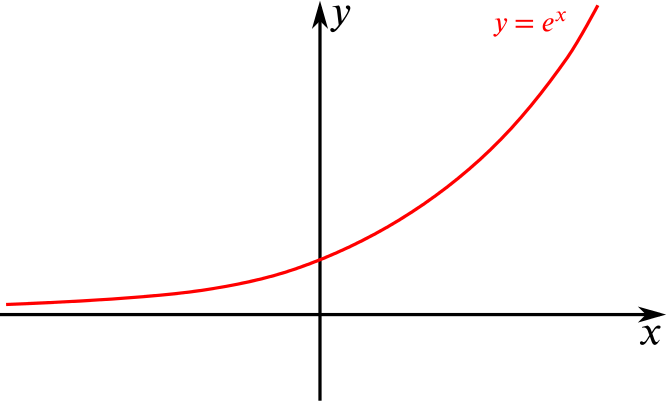 |
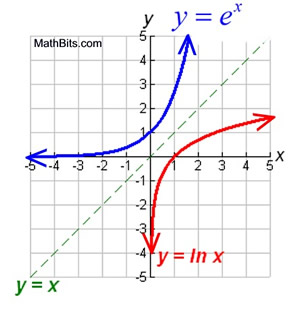 |  | |
「Y=e^x+1」の画像ギャラリー、詳細は各画像をクリックしてください。
 | 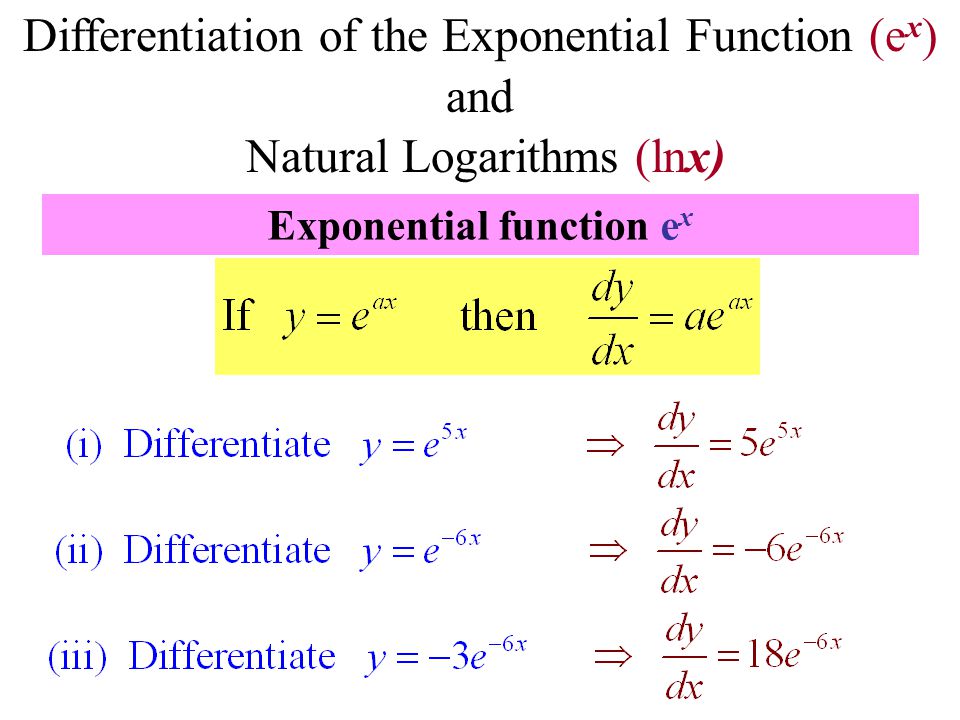 | |
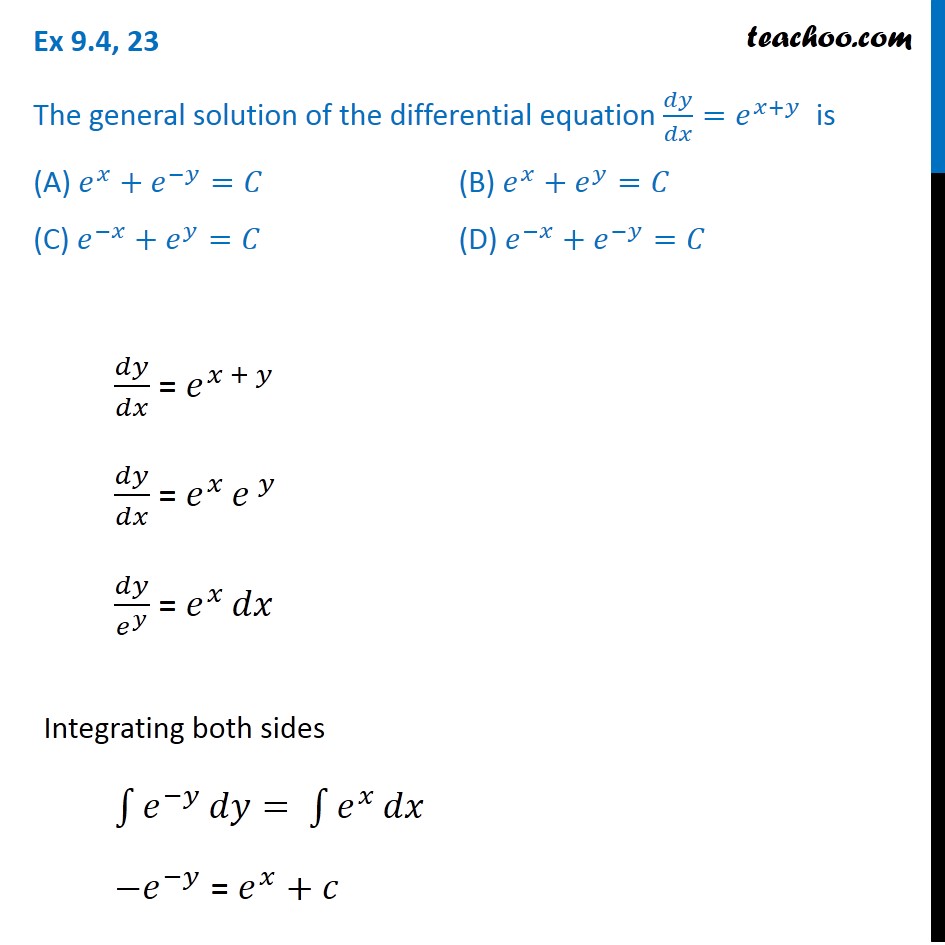 |  | 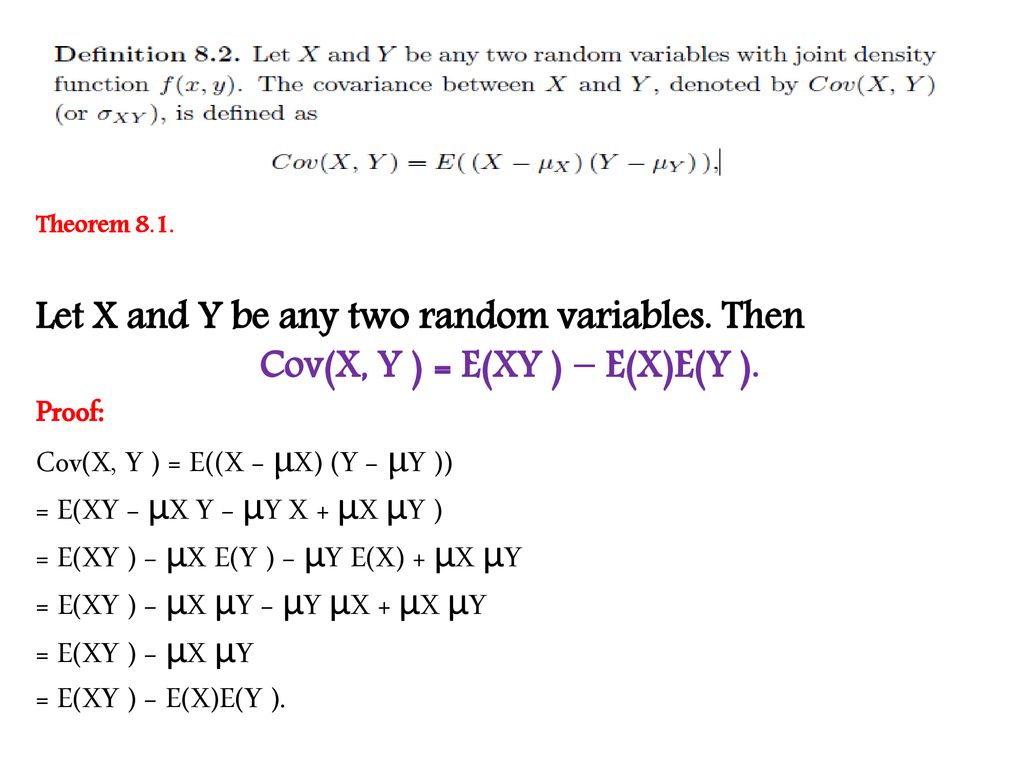 |
 |  |  |
「Y=e^x+1」の画像ギャラリー、詳細は各画像をクリックしてください。
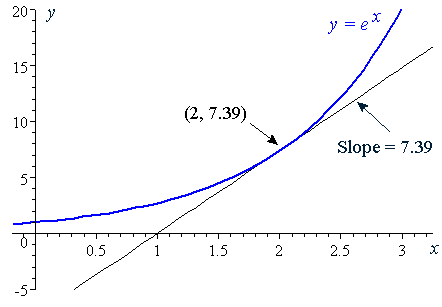 | ||
 | ||
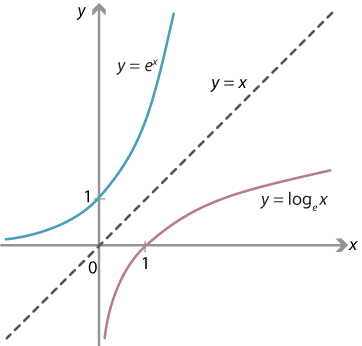 | ||
「Y=e^x+1」の画像ギャラリー、詳細は各画像をクリックしてください。
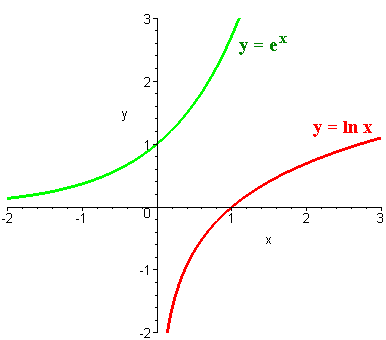 | 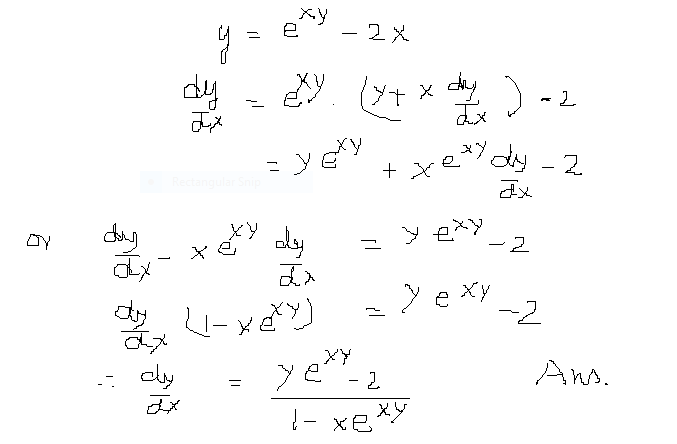 |  |
 |  |
Solve the given initialvalue problem xy' y = e^x, y(1) = 4 y(x) = Give the largest interval I over which the solution is defined (Enter your answer using interval notation) I = Question Solve the given initialvalue problem xy' y = e^x, y(1) = 4 y(x) = Give the largest interval I over which the solution is defined (Enter your answerMove slider below to add more terms 3
Incoming Term: y x do vertice, y e x oriental store, y=e^x, y=e^x graph, y=e^x+1, y=e^x(acosx+bsinx), y e x do vertice, y=e^x find dy/dx, y=2^x, y=3^x,




0 件のコメント:
コメントを投稿